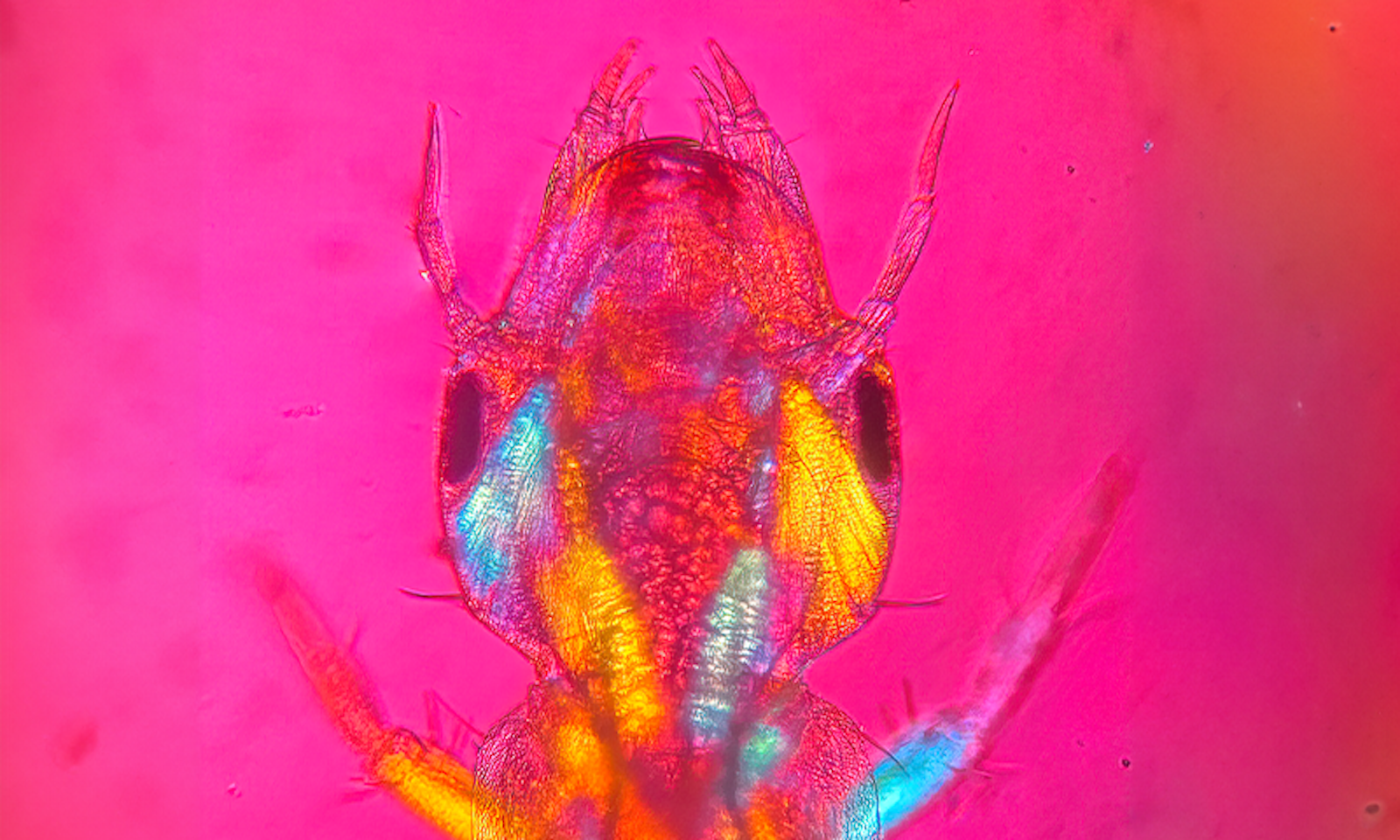The lure of invisibility has captivated humans for millennia: The Egyptian god Amun-Ra manifested as the transparent wind which could be felt but not seen; the Greek philosopher Plato’s magic ring granted invisibility to a shepherd who then usurped the throne by murdering a king and marrying his wife; J.R.R. Tolkien’s One Ring bestowed its wearer with the power to vanish and dominate others.
Even today, invisibility ranks high among desirable “superpowers.” And why not? It could confer the ability to hide from one’s enemies, prevail against competitors, or achieve tasks that would otherwise be impossible.
Of course, despite mythologizing and coveting it and seeking technological solutions beyond a magic ring or potion, humans have not mastered invisibility to become transparent. But transparency has not gone undiscovered by natural selection, having evolved independently in unrelated animals including octopuses, arthropods, and fishes. Despite the animals’ differences, they have followed similar transparency “recipes” to reap the benefits of being unseen, predators and prey alike, particularly in aquatic environments.
Now you see me, now you don’t
Animals are complex, material beings, and even the tiniest among them can stub their figurative toes against other objects—so how can they go undetected and blend in with their environment?
Superficial camouflage employs mimicry, disguise, and concealing or disruptive coloration to avoid being seen. It is a common tactic that has evolved among many animals, from insects to octopuses to large mammals. In essence, camouflage tricks the viewer into misperceiving the hidden animal.
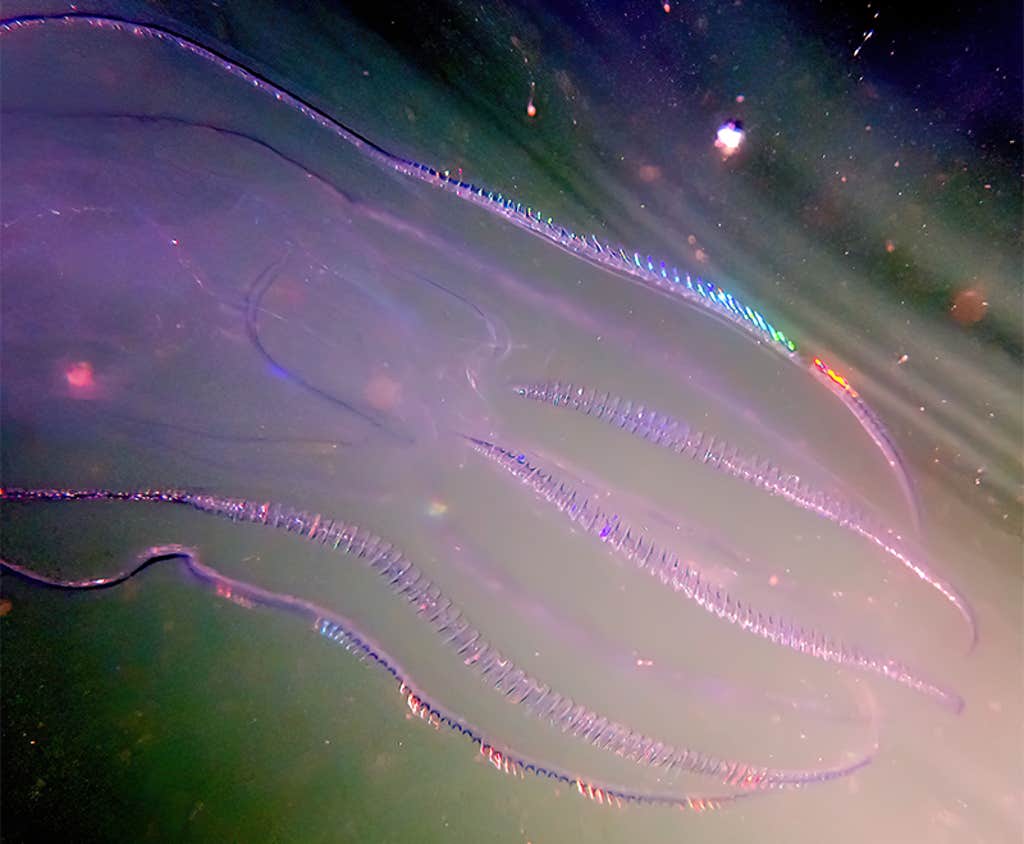
Not to cast aspersions on camouflage—it can be a highly effective survival strategy and, unlike transparency, can be used by large animals—but it only scratches the surface of deception.
Transparency veils an animal from view but is also a deeper ploy. The entire body—surface and inner tissues alike—must work together to become clear. Perfect transparency is not necessary; viewed from a distance underwater, even a translucent octopus becomes invisible, and that can make all the difference in survival.
An animal must accomplish two primary feats to become transparent: First and most straightforward, it must minimize the light it absorbs. Second, it needs to reduce the amount of light it scatters.
The cost of color
Pigments are ubiquitous in biology. Superficially, they color our eyes, skin, feathers, and hair. Internally, oxygen-transporting respiratory pigments like hemoglobin color your blood red. (Or, if you’re invertebrate, hemocyanin colors your hemolymph blue. There’s a whole palette of invertebrate respiratory pigments, ranging in color from violet to green to yellow.) In other words, they increase animals’ visibility.
Reducing pigmentation is a low-hanging fruit in the journey to becoming transparent. Pigments have a “manufacturing cost” to the animal, requiring biochemical machinery for synthesis. However, one can’t just willy-nilly jettison all pigments without consequence. A human deprived of hemoglobin cannot live. There are constraints on eliminating pigments, many of which can be satisfied if the organism is small and simple.

Jellyfish are poster creatures for transparency: They are simple, thin-bodied animals whose bodies are 95 percent water, and what oxygen they need is absorbed directly from surrounding water, eliminating the need for light-absorbing respiratory pigments.
Half-inch-long eel larvae, sometimes called “glass eels,” also lack these pigments. The larvae aren’t as “water-full” as jellyfish, but their bodies are almost leaf-like, which allows oxygen to diffuse the short distance directly into their bodies without hemoglobin or gills. However, there is a practical limit to how far oxygen can diffuse through tissue, and as the larvae grow, their metabolic needs outstrip this simple mechanism. They begin to produce hemoglobin, reducing their transparency.
Simplicity is the ultimate sophistication
The heavy-lifting task of becoming transparent is reducing light scatter. Consider a handful of table salt: A single salt crystal is clear, yet the jumble becomes opaque in a pile. As light passes from the air into a crystal, and then as it exits from crystal to air, the light bends from its original path. Consisting of many haphazardly oriented crystals, the pile of salt diffusely scatters the light and appears white even with no pigment.
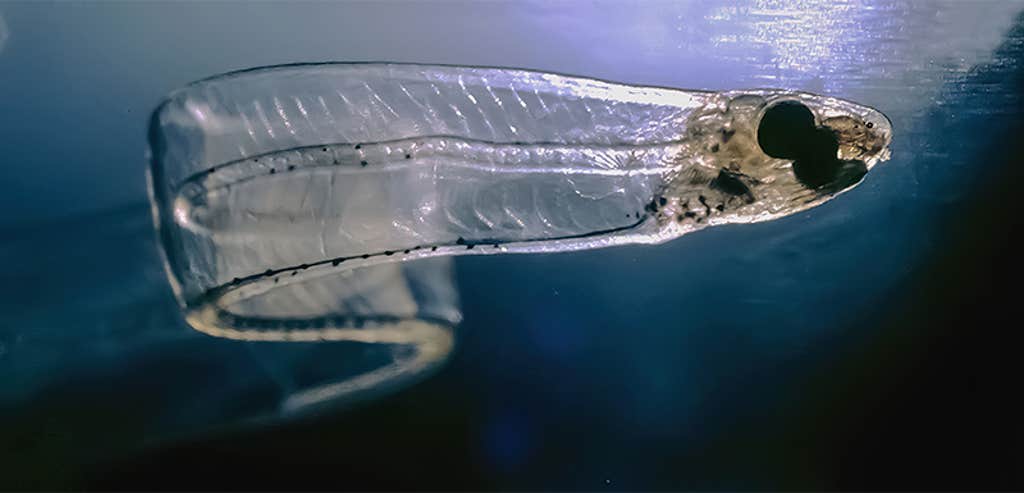
“Transparent animals are either very simple,” says Sönke Johnsen, a visual ecologist at Duke University, “or they have to work to minimize these differences” in refraction. Eel larvae contain large quantities of transparent compounds called glycosaminoglycans that perform double duty as energy stores and structural support. Their organs are also tiny and inconspicuous, lacking the complexity that will develop with age.1 Animals including other eel larvae, juvenile fish, aquatic crustaceans, and squid adopt similar strategies.
Transparency lost?
Even the most transparent animals may possess gonads, eyes, and perhaps a gastrointestinal tract replete with their last meal. (The “cross” in the jellyfish above is part of the digestive tract.) All these organs interfere with concealment, but there’s a limit to how much can be eliminated.
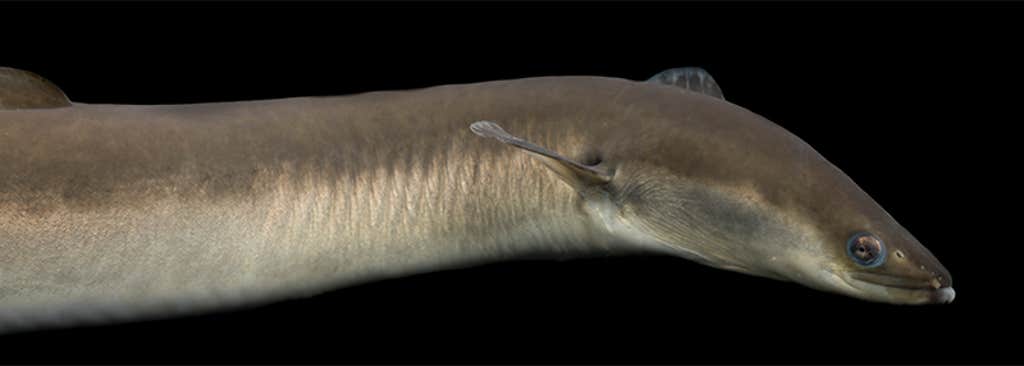
Some small octopuses further camouflage their guts and eyes by altering these organs’ shapes and orientations. Glass octopuses, Vitreledonella richardi, keep their tubular eyes and needle-shaped stomach oriented vertically in order to appear less noticeable to predators below.
Transparency is prevalent in many juvenile marine organisms, providing much-needed protection from predators. Eventually the development of more prominent, complex organs and a need for respiratory pigments brings an end to transparency—one more thing to lament about growing old.
The edges of invisibility
Having eliminated pigments and simplified its internal structure, the salp in the photograph below is transparent; you could probably read through it. Nevertheless it remains visible, particularly around its edges. Why?
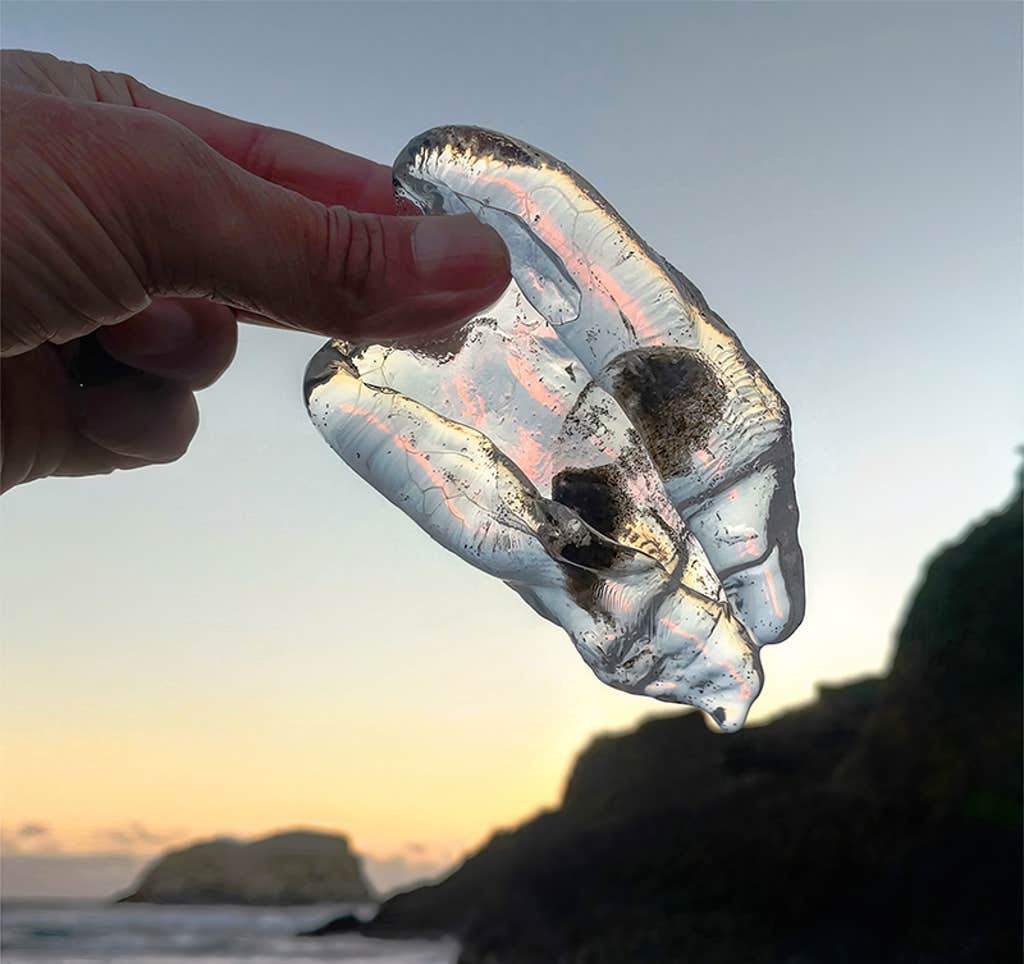
Just as differences in the refractive indexes—the degree to which light bends when entering or exiting a medium—of structures within an animal are important, so is the difference between an animal and its surroundings. Put the salp back in the ocean, its natural environment, and it disappears. Salps, comb jellies, and jellyfish are all aquatic animals who mainly consist of water—and when placed in water, the salp’s outline effectively disappears. Its refractive index is nearly the same as its environs. When held in comparatively low refractive index air, though, the salp is visible.
But I’m as transparent as glass!
Can an animal be large and transparent?
There are physical constraints on size and transparency. No substance is perfectly clear; some of the light passing through it is always lost, even if this is imperceptible to a casual observer. (Consider the photo below: At left is the word “transparent” seen through a half-inch of glass, and at right through 32 inches of glass.) It’s for this reason that the deep ocean’s bottom cannot be seen from the surface, no matter how clear the water.

An animal is no different. A meter-thick jellyfish loses its transparency because of this simple property. Comb jellies several feet long do exist, but they are a half-inch thick at most. And though salps can form long chains, if you could convince them to line up and let you look through them like a pirate with a spyglass, the view would be cloudy.
Grasping at mysteries
Sönke Johnsen calls his “favorite mating mystery” that of the glass octopus, who must copulate to reproduce yet are rare, nearly transparent animals in a very large ocean.

Johnsen asks, “How on earth [do] they find each other?” Nobody knows, but another translucent octopus species, Japetella diaphana, might have found a solution to that dilemma: Females develop a luminescent organ as they approach sexual maturity, perhaps functioning as a reproductive signal to males. There is no evidence that the glass octopus uses a similar strategy, however; unlike the octopus itself, our knowledge about it is murky.
Anti-invisibility strategy
Vision is an extraordinary ability that, for some animals, extends into domains we can only imagine. Many invertebrates—including insects, crustaceans, and squid—can detect the polarization of light, something we can glimpse when wearing polarized sunglasses.
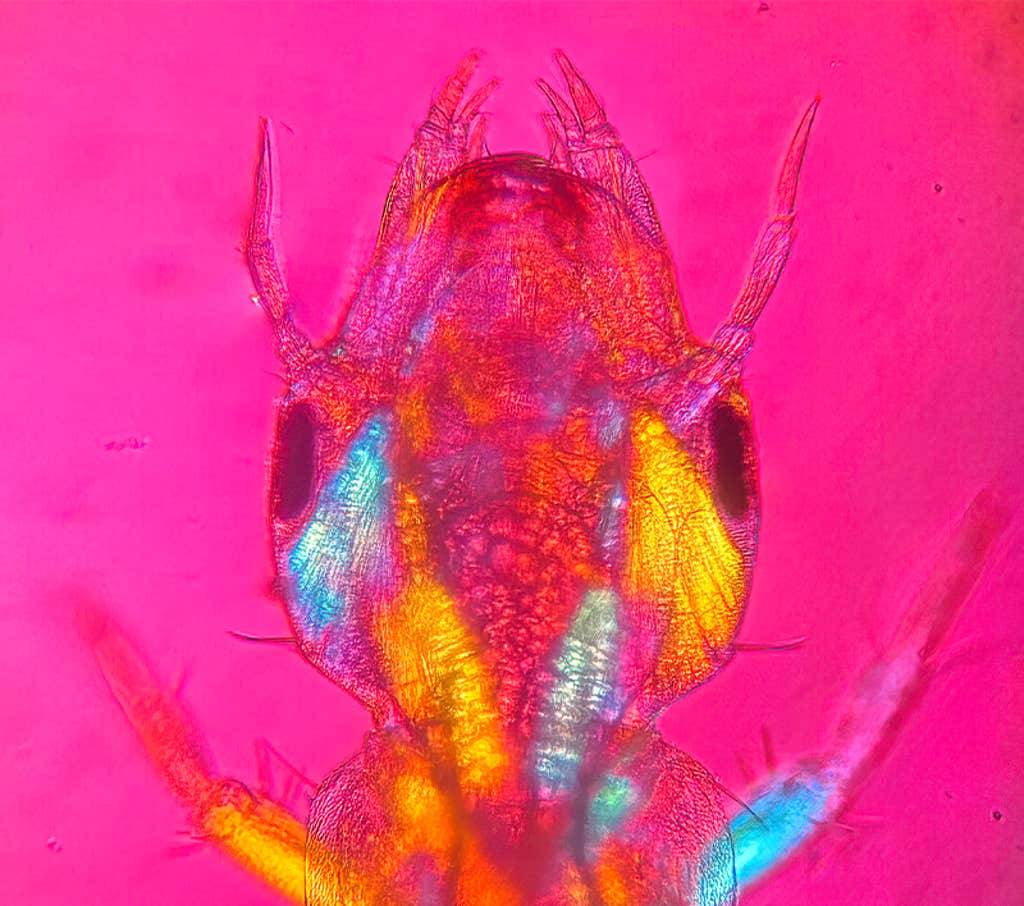
Additionally, many tissues, particularly muscles, become strikingly visible when viewed in polarized light. Furthermore, light is partially polarized underwater due to the reflection at the surface and scattering in the water.
These three factors—the prevalence of polarization vision, the polarization of light in water, and the reduction of invisibility in polarized light—prompt the question, “Can predators use polarization vision to detect otherwise transparent prey?”
Indeed some creatures may do this. Transparent phantom midges, for example, are eaten by fishes who can detect polarized light; squids, themselves partly transparent as juveniles, may use their polarization sensitivity to enhance the capture of smaller transparent prey.
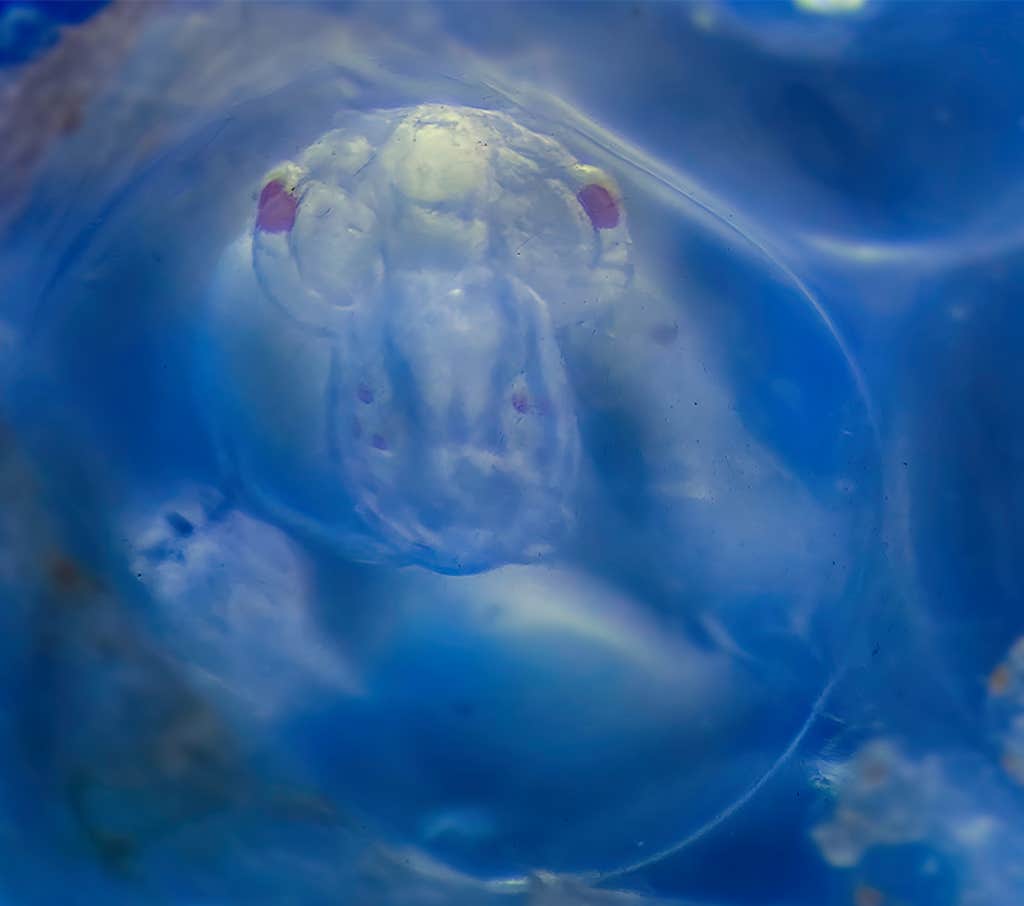
A great example of an arms race in nature, yes? Not so fast, cautions Johnsen. “Don’t let the pretty pictures in the lab fool you into thinking that’s what happens in the real world,” he says.
Experiments on the polarization of squid, for example, have yielded conflicting results; the jury is still out on polarization vision as an anti-invisibility strategy.2
Are terrestrial animals missing out?
The short answer is “mostly.” Some aquatic insect larvae, like those of dobsonflies and phantom midges, possess temporary transparency that is lost as they mature and leave the water. The significant refractive difference between air and animal tissue is virtually insurmountable, with few exceptions.
Among the exceptions are the wings of many flying insects, which are transparent by virtue of having little or no circulation, being only a few cells thick, and sometimes possessing anti-reflective structures.3 Whether this serves a you-can’t-see-me function combined with disruptive coloration for predator avoidance or some other purpose is unclear.

Even humans partake in a limited but essential way: The transparency of our corneas, lenses, and the fluids that fill our eyes is critical for our vision. Not surprisingly, the characteristics that favor transparency in aquatic creatures also feature prominently in our eyes, the gelatinous parts of which are 98 percent water—a figure that even a jellyfish would covet. There are no light-disrupting structures between our corneas and retinas, and no jumble of refractive indexes among the eye’s tissues.
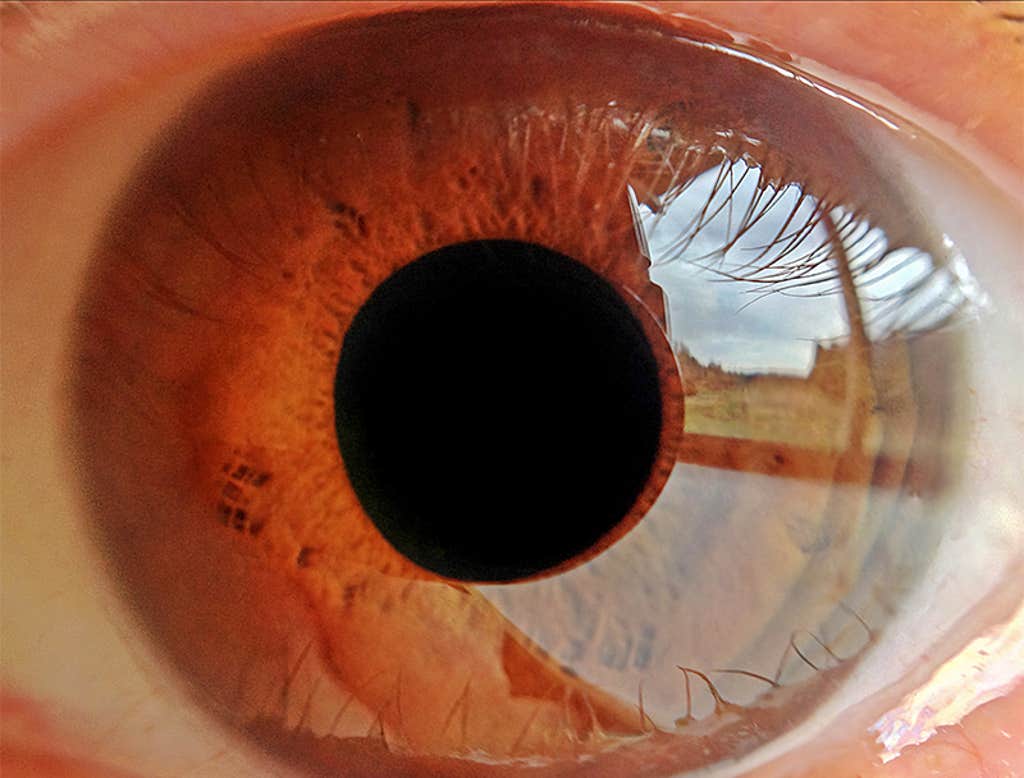
Beauty is everywhere
It’s an ironic twist of convergent evolution that we use the transparent tissues in our eyes to look for transparent animals. If you’re lucky, you may glimpse a tiny shimmering dobsonfly larva in a stream or an undulating comb jelly in the ocean. But if you see nothing, look again. Someone may be hiding in plain view. ![]()
Lead image by Edwin Barkdoll
Prefer to listen?
References
1. Miller, M.J. Ecology of Anguilliform leptocephali: Remarkable transparent fish larvae of the ocean surface layer. Aqua-BioScience Monographs 2, 1-94 (2009).
2. For conflicting results in squid, see: Gavioli, I.L., de Ortiz, D.O., Bersano, J.G.F., & Vidal, E.A.G. Connecting polarized light and water turbidity with feeding rates in Octopus americanus paralarvae. Journal of World Aquaculture Society 53, 241-257 (2021). And: Shashar, N., Hanlon, R.T., & Petz, A.deM. Polarization vision helps detect transparent prey. Nature 393, 222-223 (1998).
3. Pomerantz, A.F., et al. Developmental, cellular, and biochemical basis of transparency in clearwing butterflies. Journal of Experimental Biology 224, jeb237917 (2021).



















